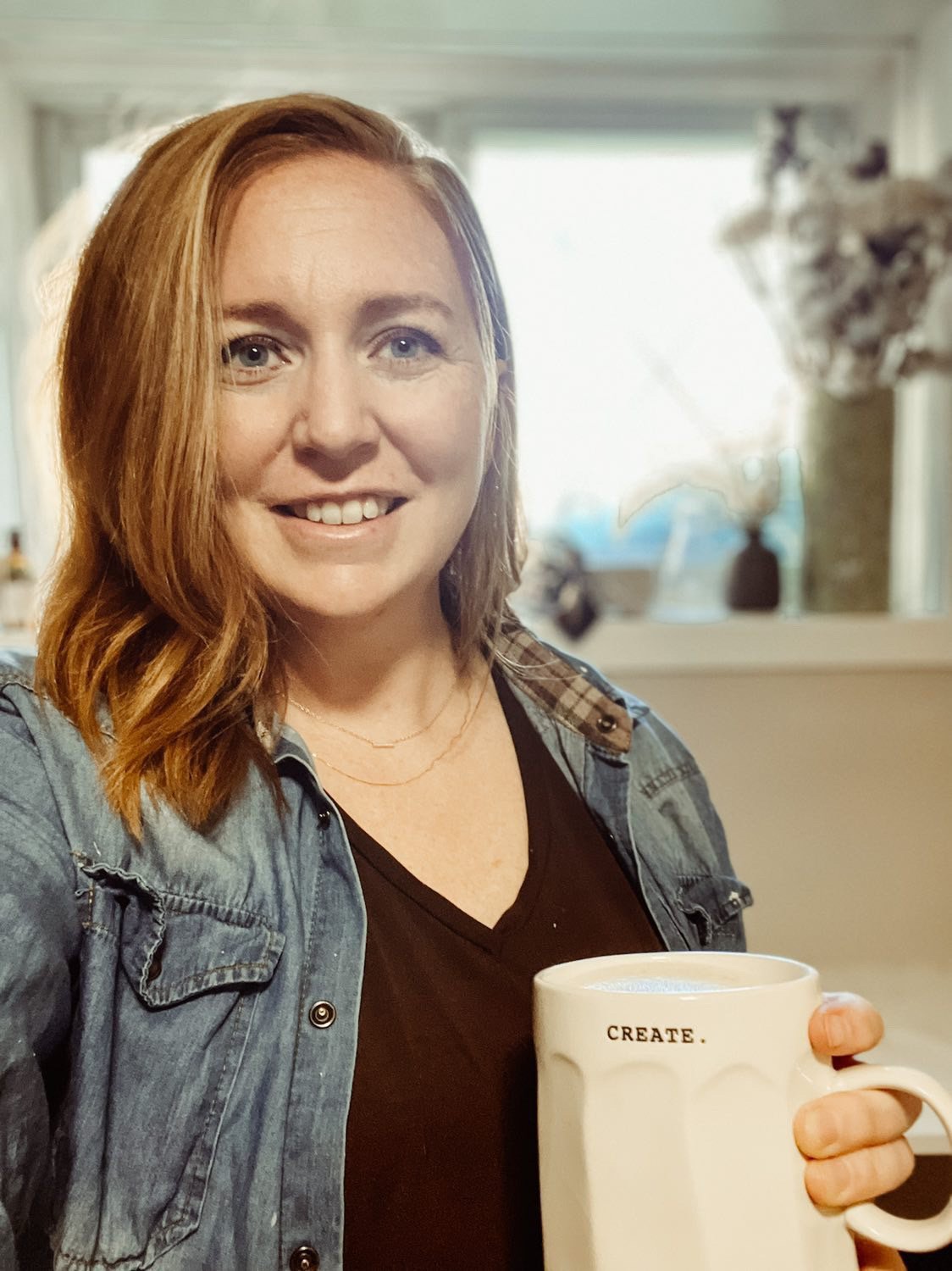Kingston, Ontario, Canada
When I think of candles, I immediately think relaxation. I’m reminded of a quintessential, almost clichéd scene: a woman at ease, bathing.
She sinks into massive bubble cloud with the lights dim in the background. Her tub is surrounded by a barrage of colorful candles - the scents blend together, poking through each of her nostrils.
Growing up, candles were the added cherry on top in my household – a bonus for a day spent cleaning: we’d straighten up the living room, take the dog out for a walk, vacuum, do the dishes and fold the laundry. The fragrance from a lit candle, signaled a job-well-done.
My memory says it’s dusk on a warm country night in nowheresville, Iowa by the time we finish. I stay here for a minute. My mother is in the kitchen cutting vegetables, preparing dinner – powerful food aromas fight against the floral stagnation in the air.
The mixture is a smell I love and will never forget.
Coming back to reality, I travel further north outside the states where I meet Rhian Jansen, a candle maker in Kingston, Ontario, Canada. Rhian’s been in the business of making candles for 7 years selling through her e-commerce store, rhicreations.com.
Her favorite concoction is a comingling of sweet and subtle.
“The first scent combo I ever created was Vanilla & Sweet Grass. I’ve always been a huge fan of sarcasm and witty banter so naturally that’s the direction I took with my branding. I call this candle ‘The Middle Child’…and of course, I’m a middle child.”
Always crafty, she’s been making ‘something out of nothing’ for as long as she can remember. Rhian’s background in the beauty and fashion industry helped keep her aligned with a home goods aesthetic, offering complementary pieces for home and spa décor.
Her and I connected over my guest episode of the NeuroNerds podcast; I wanted to share her story about the impact of her recent brain bleed on her small business.
In the middle of a global pandemic, Rhian became a member of the survivor club. An AVM [arteriovenous malformation] at the top right of her brain, bled, leading to paralysis of her entire left side. She spent a total of seven weeks hospitalized: two in-patient and five undergoing rehab.
Having the capacity to move forward in business under such unexpected physical and mental duress is challenging. Although medical insurance is a hot button issue in the US, most employers offer disability coverage: at the highest level, you are granted a ‘leave of absence’ to recover and a percentage of your income, in the interim.
During the time of my bleed, I was employed at an environmental engineering firm. I took three months of disability for treatment while receiving 60% of my paycheck. For an independent business owner, things can look a little different, particularly in another country.
A year and some change out, she has had to make adjustments to accommodate the new version of herself; her energy and stamina can be limited – a common fallout among survivors.
“I give myself 2–3-hour windows to work; I set a timer and force myself to stop when it goes off. It’s always a double edge sword: if I’m still feeling good cognitively, I get physical fatigue or vice-versa.”
She suggests adjusting your expectations upon returning to work; expecting the same outcomes as before only lead to disappointment and frustration. Life post bleed ebbs and flows – you have good days, ok days and really bad days. The trick is to slow down and give yourself grace.
“Really learn to be in-tune with your body and listen to the cues it gives you. Don’t force anything. I’ve also found a lot of comfort through alternative therapies like acupuncture and reiki.”
I remember diving head first into yoga after my treatment. I needed something that was accessible to me that I could use on a regular basis. Slow flow vinyasa centered my breathing and stretched the stiff muscles I acquired from being bed ridden. It gave me something to focus and concentrate on, improving my overall balance.
“I never fully knew what being your own advocate meant until I was put in this situation where it was crucial to be one.”
I won’t lie: the road to recovery is tough; listening to your intuitive self will help guide you.
Check out Rhian on Facebook @rhicreations and IG @rhicreations_.
Fast5 Facts:
Define Success: Happiness
Coffee or Tea of Choice: Oat Vanilla Latte or a London Fog (depends on the day)
Who/What Is Your Motivator: Happiness
What Balances You: Boundaries
Favorite Color: (Forest) Green
Mood Music: Suddenly I See - KT Tunstall


